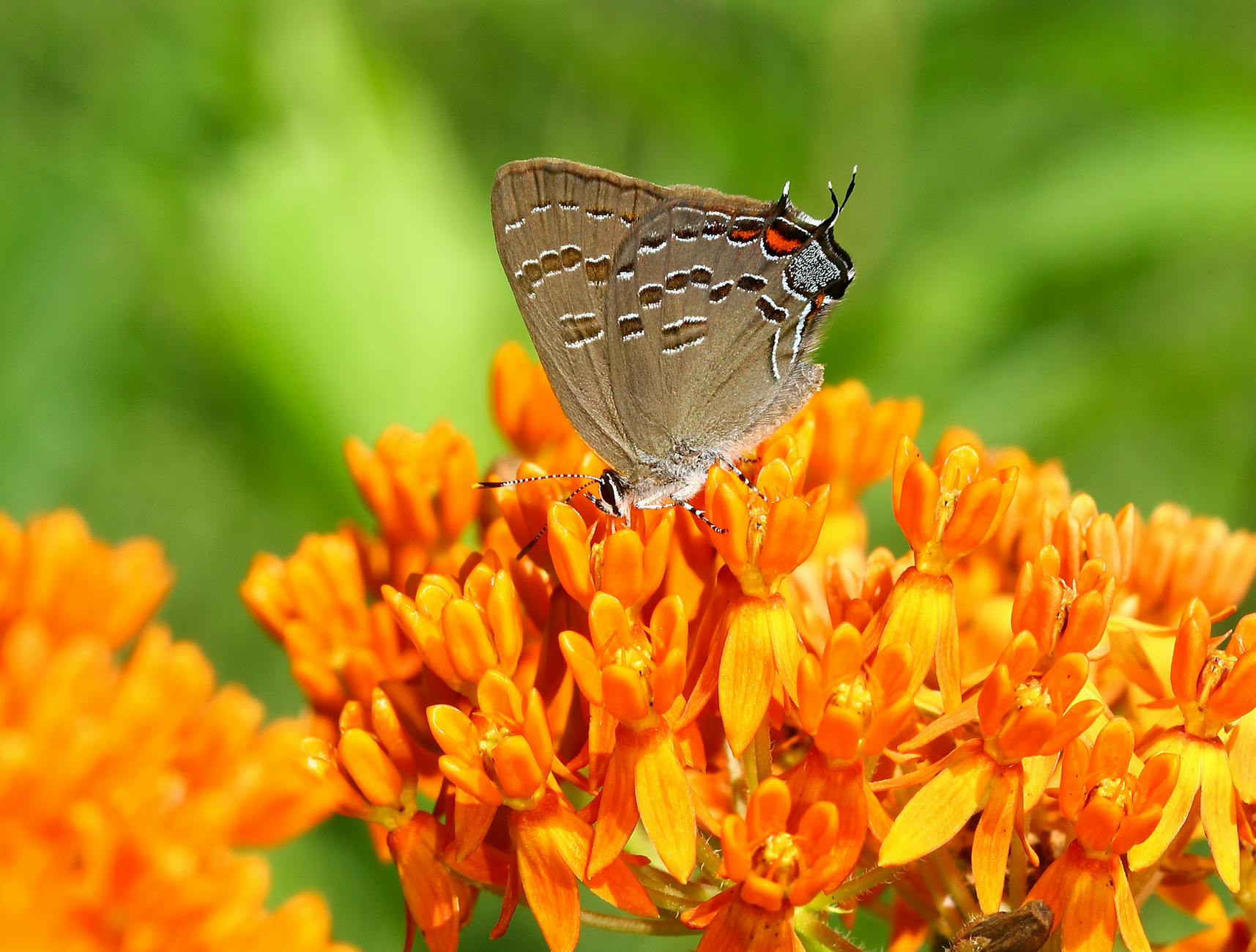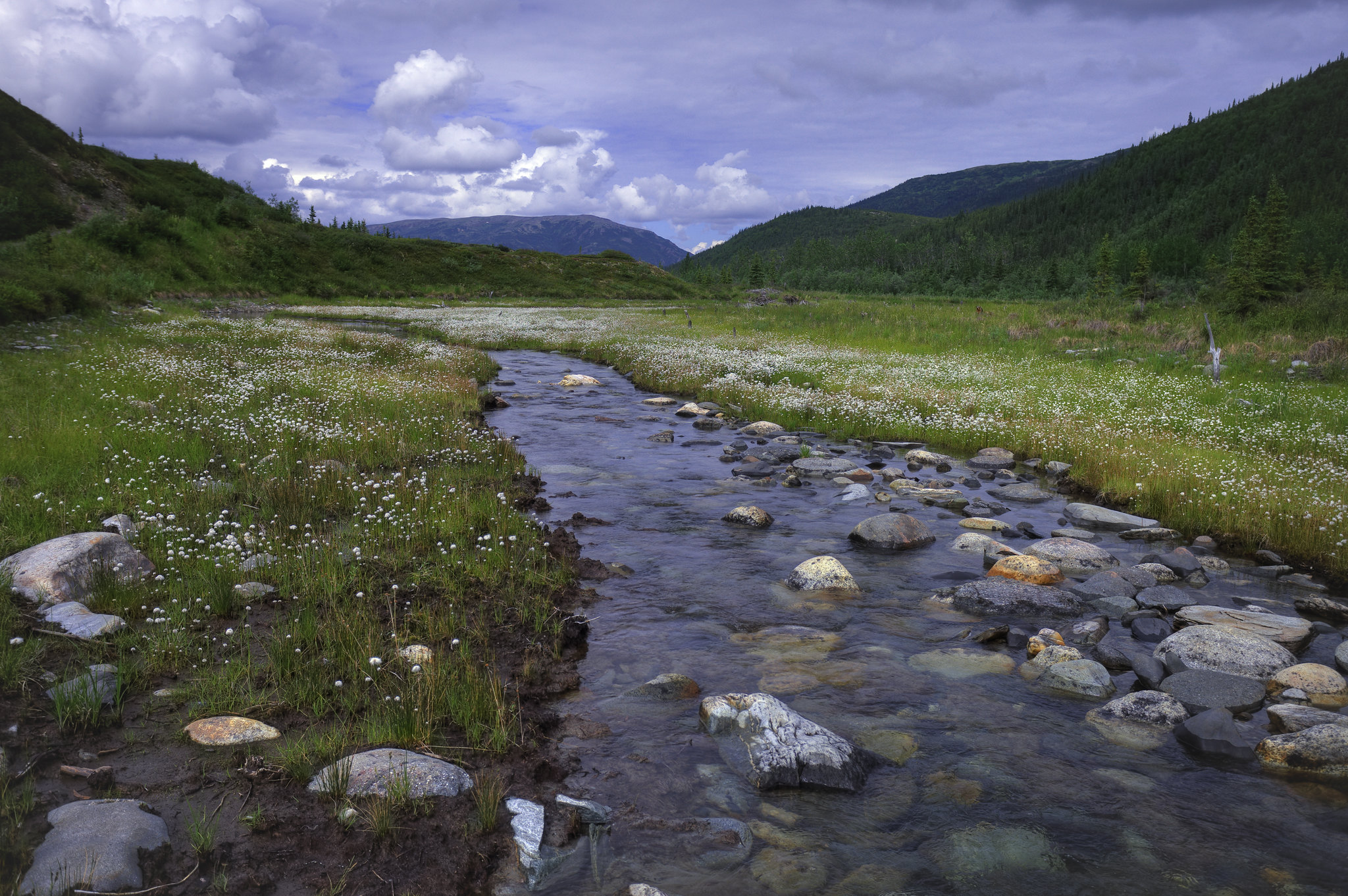How Specific Native Plants Thrive in Arid Environments and Support Desert Wildlife
Deserts are often misunderstood landscapes—harsh, dry, and seemingly barren. Yet, these environments are teeming with life, thanks to the incredible resilience of native plants. These plants, having evolved over thousands of years, are uniquely adapted to survive and thrive in the extreme conditions of arid environments. From the towering saguaro cacti to the delicate desert wildflowers, native plants form the backbone of desert ecosystems, supporting not only the land but the wildlife that calls these areas home.
Native plants have honed survival skills that make them indispensable to desert ecosystems. Their ability to store water in thick leaves or stems, deep tap roots that reach underground aquifers, and waxy coatings that prevent moisture loss are just a few of the remarkable ways they’ve adapted to life in the desert. These plants can withstand long periods of drought and extreme temperature fluctuations, helping to stabilize the soil and prevent erosion in the fragile desert landscape.
But native plants are not only about survival—they’re about thriving in partnership with the desert wildlife. In the harsh desert environments, these plants provide vital resources for animals that depend on them for food, shelter, and protection. Consider the yucca plant, which has a symbiotic relationship with the yucca moth. The moth pollinates the yucca flowers, while the plant provides food for the moth’s larvae. Similarly, many desert birds, such as quails and roadrunners, rely on native shrubs and grasses for nesting and cover. By preserving native plants, we are safeguarding the very foundation of desert life, from the smallest insect to the largest mammal.
One inspiring example of successful native plant restoration can be found in the Sonoran Desert, where conservationists worked to restore areas damaged by invasive species and human activity. Through the reintroduction of native plants such as mesquite, creosote, and desert lavender, these areas saw an incredible resurgence in biodiversity. Soil health improved, native insect populations flourished, and desert birds and mammals returned. This is a testament to the power of native plants and their ability to restore balance to delicate ecosystems.
As we strive to protect and conserve these unique landscapes, there is much we can do, even from our own backyards. If you live in a dry, arid region, consider planting a native garden filled with drought-tolerant plants. These plants require minimal water once established, helping conserve precious resources. Even small efforts, like reducing the use of invasive species in landscaping, can make a big difference. There are countless ways to get involved in desert conservation, whether through supporting local initiatives, participating in restoration projects, or simply planting native species in your garden.
The role of native plants in desert ecosystems cannot be overstated. These plants are the lifeblood of desert habitats, supporting a complex web of life that includes wildlife, pollinators, and even humans. As we continue to face challenges such as climate change and habitat loss, the resilience of these plants offers hope. By caring for native plants, we’re helping to preserve not only the desert landscapes we love but the wildlife that depends on them. We all have a part to play in this collective effort, and every small action counts.
Reflecting on the Desert’s Quiet Resilience
The desert has a quiet strength—its beauty is often subtle, and its life abundant in ways that might not be immediately obvious. As I think about the intricate relationships between native plants and wildlife, I’m reminded that conservation is like art—it’s about patience, understanding, and respect for the delicate balance that exists in nature. Whether it’s through a single wildflower blooming in the heat of the summer or the return of a bird species to a restored habitat, every act of preservation matters. Like the desert, our efforts may seem small at times, but together, they create something powerful. Let’s continue nurturing the plants and ecosystems that sustain us, knowing that every step forward, no matter how quiet, contributes to the greater tapestry of life.



